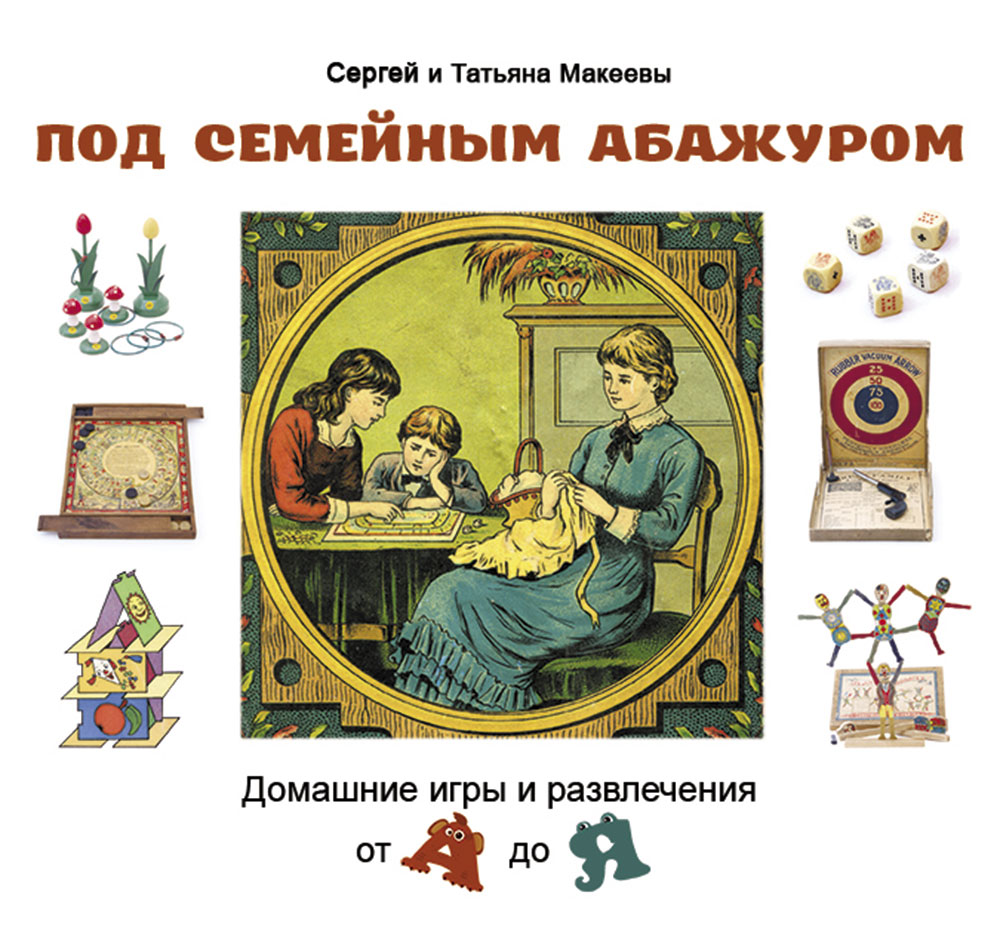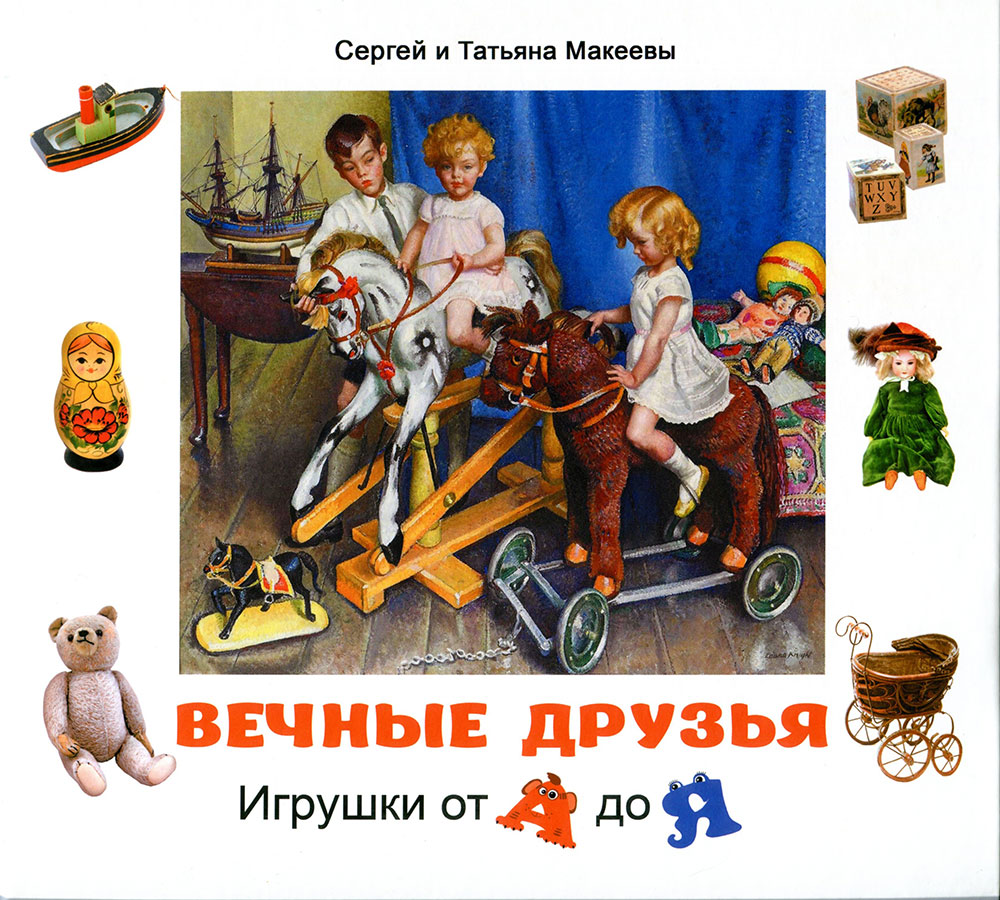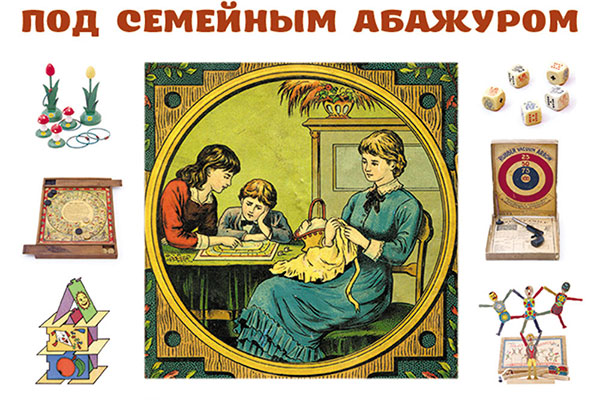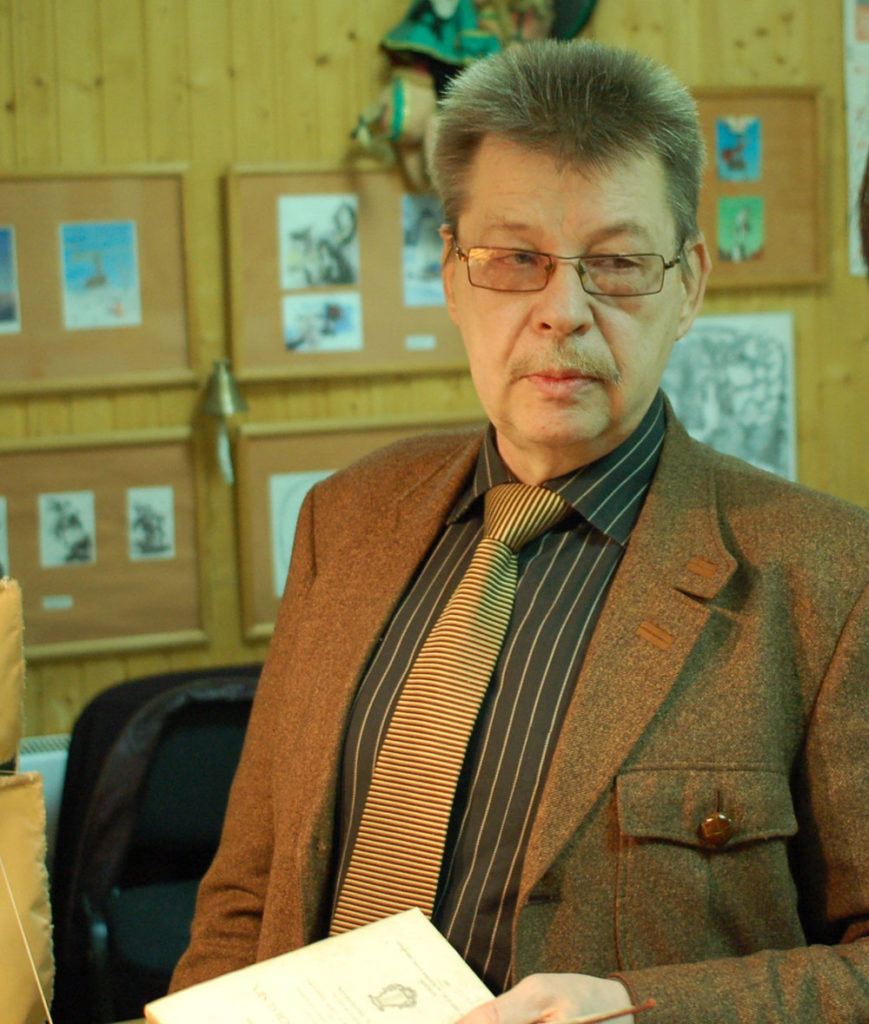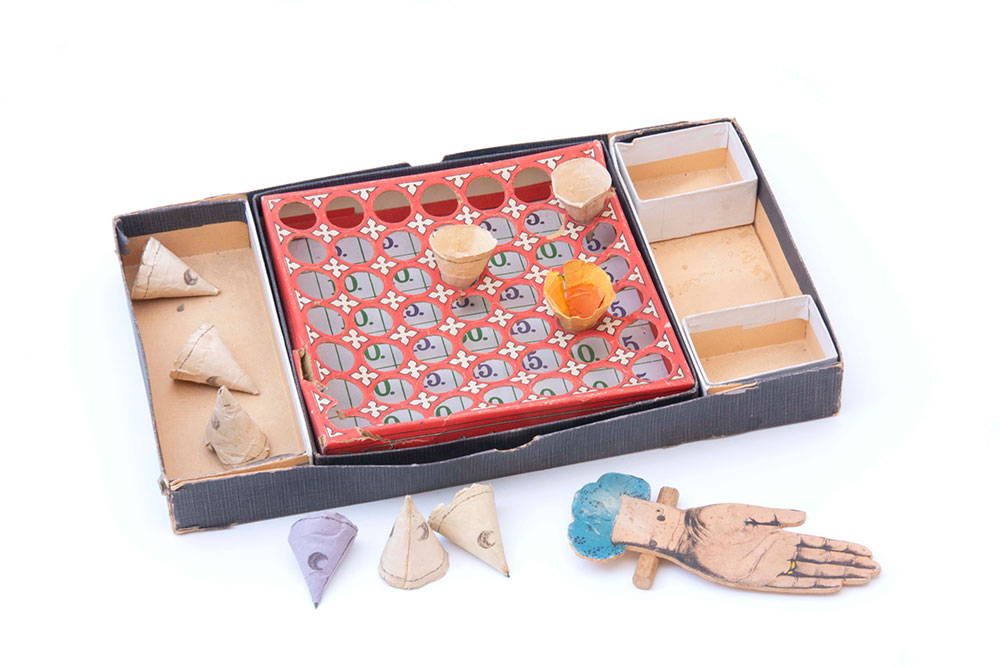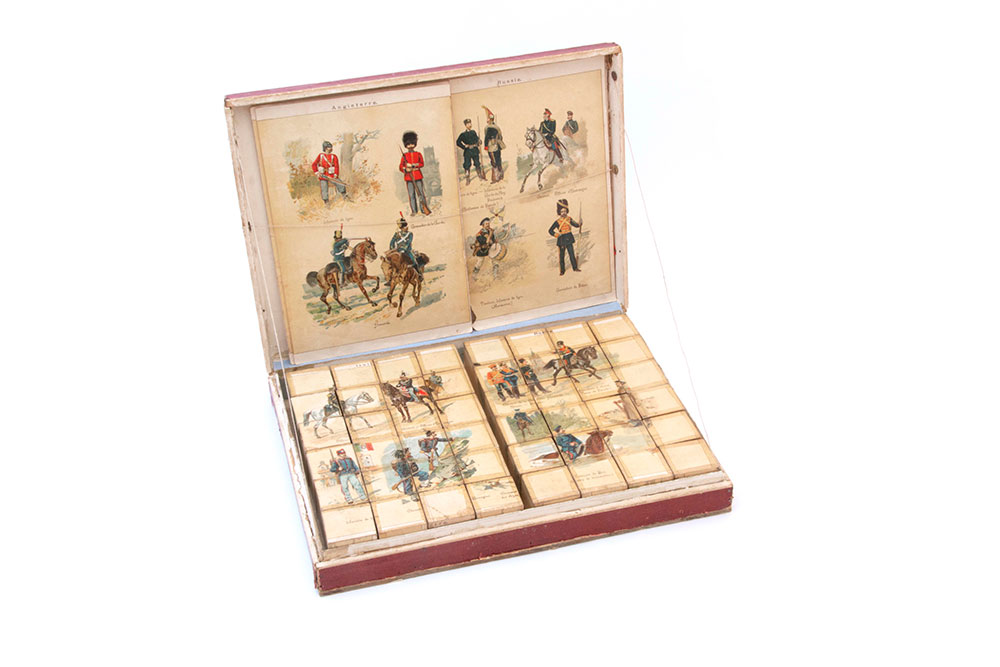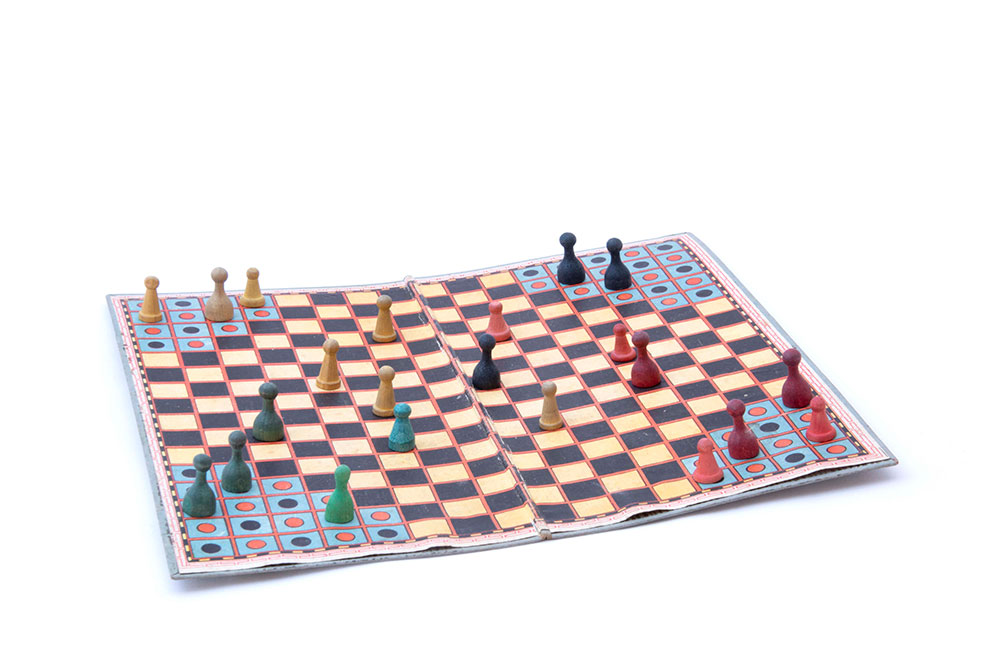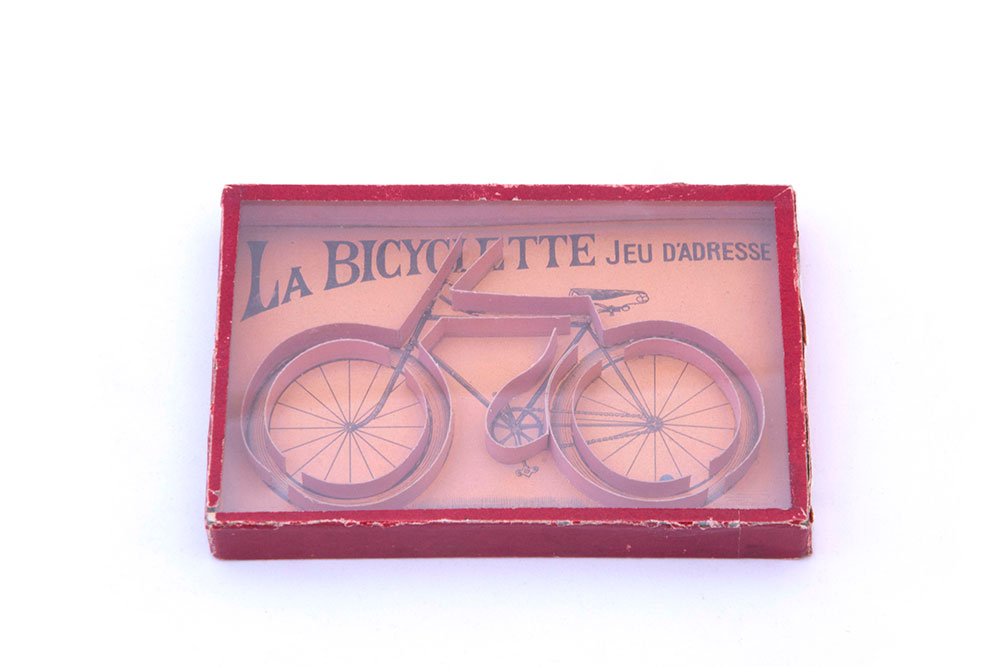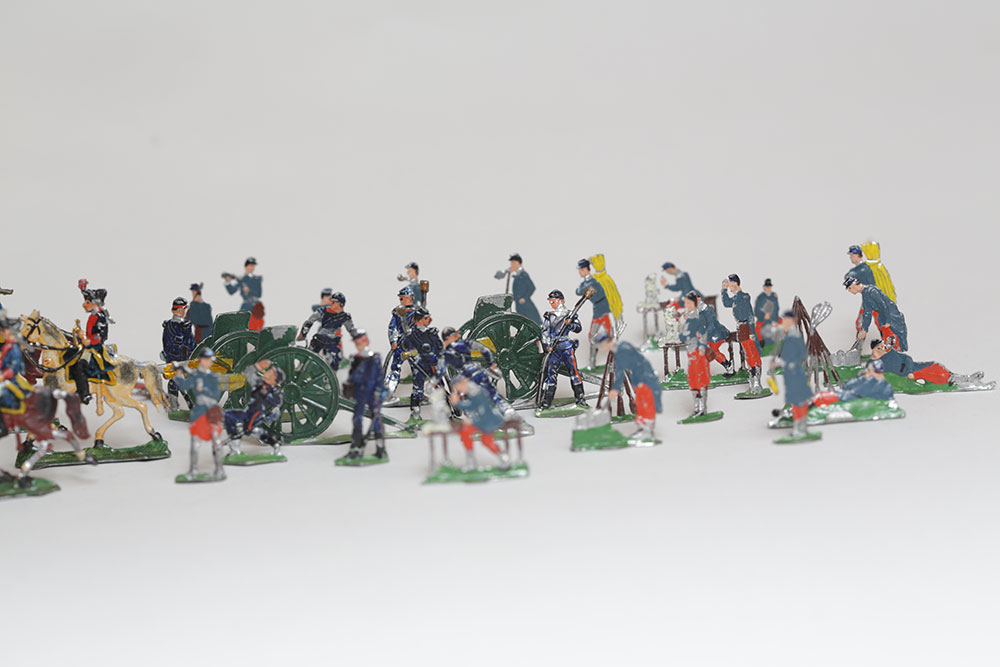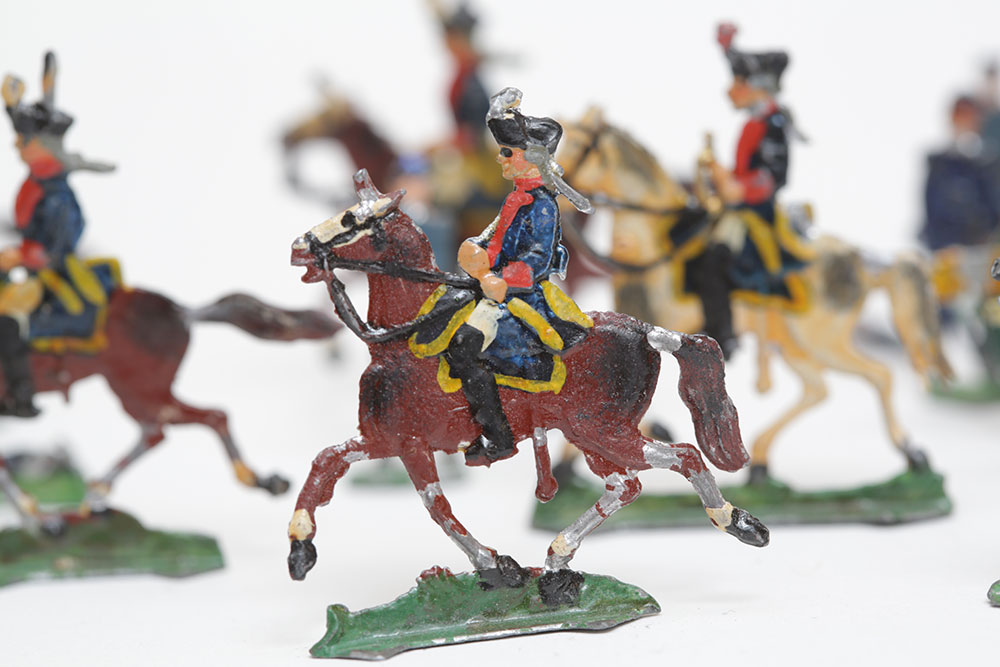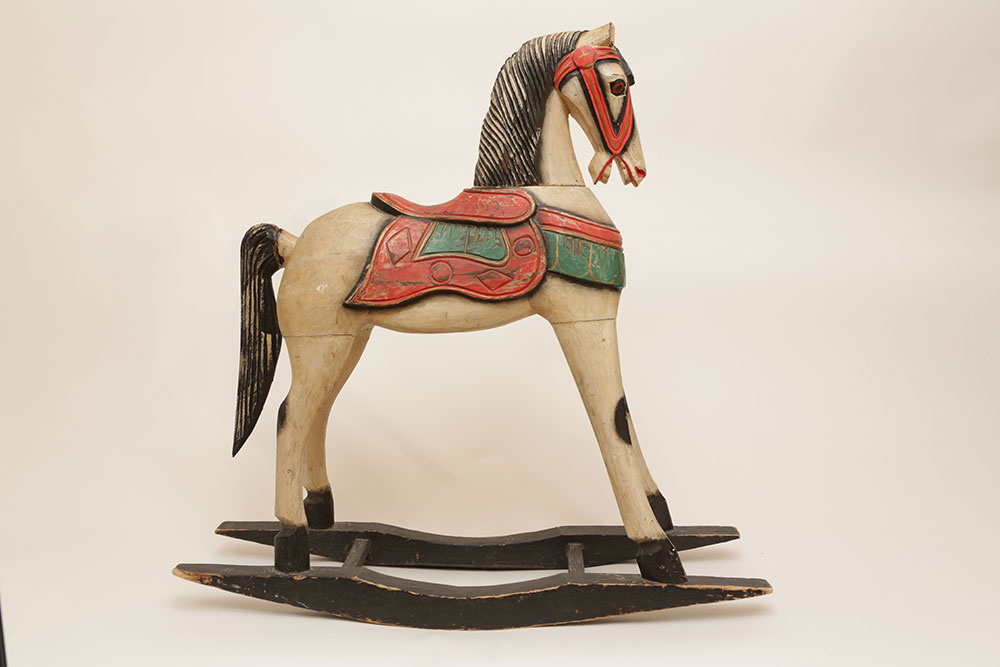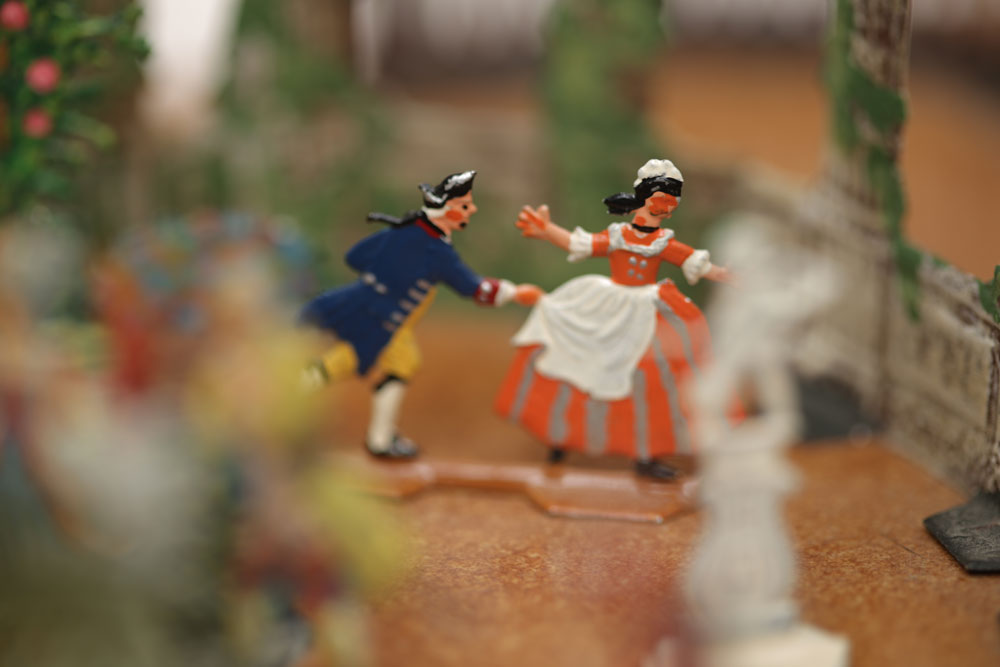The book “Under the family lampshade. Home games and entertainments from A to Z” is a collection of informative and entertaining stories about board games and home entertainments in the 19th – 20th centuries.
Along with the well-known books, quite rare games are also presented, some of them are described for the first time, the history of their occurrence and forms of life in different countries is investigated. The book will be interesting for children and adults, teachers and organizers of children’s leisure. The authors have collected a significant collection of games of the 19th and the first half of the 20th century, as well as works of fine and applied arts, which serve as documentary illustrations of the publication.
Life is not a game. But the game is a little life. With the beginning and the end. With victory or defeat. With its own rules. With its guiding light leading to the goal. An open field of a board game, a chessboard, lotto cards – this is a magical space into which players are immersed. This is how a good book, a film or performance captures people. This condition can be called fascination by the game. But now the game is over, the points are counted, the winner is determined, and the spells wear off, the players return to the real world.
When playing, children pretend to live such a fantasy of life. It can be an adventure or a journey, like in a colorful board game. Or a “mind adventure”, as in chess, for example. And it is always a contest, as in real life. Many, very many prominent personalities gratefully recalled the games of their childhood. The brilliant physicist Albert Einstein found that “the game is the highest form of research.”
There is a great amount of games invented – serious and funny, smart and not so smart, informative and entertaining, developing agility, reaction and ingenuity. “People have never shown more talent than in the invention of the game.”, the great scientist Gottfried Wilhelm Leibniz said. In addition, they teach important communication skills with peers and seniors, the ability to peacefully resolve inevitable disputes and quarrels, and self-control, which means to accept defeat with grace and not show off with an accidental victory.
The game makes boys and girls more mature, and turns adults into children. It is no coincidence that games united the whole family under a home lampshade. Some families cherish games that their grandparents played. Unfortunately, a few old games have survived: figures and chips were lost, chess boards were broke, cardboard games were especially short-lived – they burned in fires and disappeared when moving out. Few such samples survived in single copies; they are stored in museums, libraries and private collections. For centuries, they reflected the history, religion, science and technology, literature and art of the past. In considering old games, it is easy to imagine what our grandfathers and grandmothers were in childhood, what they liked, what they dreamed of. Family-owned home games and entertainments are a valuable asset of the family. They are still loved and desired by children, and this is one of the fondest childhood memories for adults.
May it always be so, may the magic thread not be cut.
For this purpose the book in question was created. It was preceded by exhibitions of games and toys from the collection of Tatyana Makeeva “Games of our grandmothers” in Moscow, “What are boys made of? What are girls made of?” in Ryazan, “Children’s Corner. Games and fun 100 years ago” in Samara. Many rare games were presented at the “Private Museums of Russia” exhibition. Photos of the exhibit items for this publication were made by Nikita Makeev, a participant in all museum and exhibition projects related to the “Family” topic, who also created his own traveling “The Museum in a Suitcase”.
This book is a kind of continuation of such activities.
The authors touched on the topic that is dear to every child and adult who has preserved childhood in their soul and memories. Games are the first cultural object in a child’s life, which includes the most important functions: pedagogic, educational, aesthetic. The game accompanies the child the entire period of growing up, participates in the formation of personality. The book is written simply, so that it is mainly accessible to school-age children.
The purpose of the publication is to acquaint readers with the games distributed around the world, mainly in Russia, Europe and America, with the history of their occurrence, with the traditions and customs associated with them. Some of the materials are devoted to Russian-made board games and the features of domestic games. The considered period of the development of games is from ancient times to the last third of the twentieth century.
A large number of printed cardboard games, lotto cards, adult and children’s playing cards, engravings and drawings depicting children playing were prepared as illustrations. Board games of the 19th and first half of the 20th century represent an art space in which the players “live” for some time. The earliest items are full of symbolism and heraldry, they developed the image thinking of children of that time, and evoke a sense of mystery for today’s children.
In general, the book gives an idea of the importance of the game in the life of a child, an adult, and humanity as a whole. But centuries later, a significant number of games are still alive and can return to the world of a child, family, children groups. The book is supplemented with fragments of poems, stories and tales dedicated to games.
The collection is based on the principle of an encyclopedia or a dictionary, articles are placed in alphabetical order, but do not contain scientific terminology. The book organically combines the informativeness of the text and the entertaining narrative.
